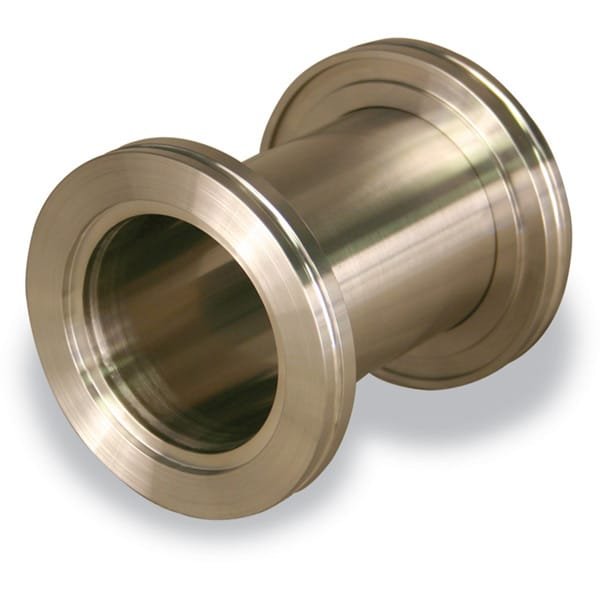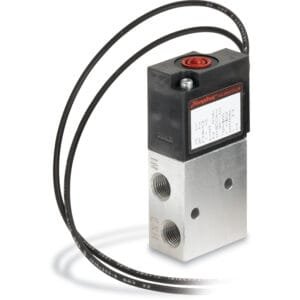ISO-K HV Full Nipples (Clamped): Dual-Flanged Tubes for High-Vacuum Line Integration
ISO-K HV Full Nipples (Clamped) from TFM are precision-fabricated vacuum tubing components designed for ISO-standard high-vacuum (HV) systems. Each full nipple features two ISO-K flanges—one on each end—enabling fast and secure integration between pumps, chambers, and instrumentation across modular HV setups.
Manufactured from durable 304L stainless steel, these full nipples are engineered for structural integrity, vacuum compatibility, and corrosion resistance. The ISO-K flanges at both ends allow for easy, clamp-style assembly using centering rings and elastomeric o-rings, supporting pressures as low as 10⁻⁸ Torr.
Key Features of ISO-K HV Full Nipples (Clamped):
304L Stainless Steel Construction
Delivers robust mechanical strength and resistance to corrosive gases or high-temperature environments often found in research and industrial vacuum systems.Dual ISO-K Flange Ends
Each full nipple includes two ISO-K flanges, ideal for creating straight-line connections between system components or extending chamber ports.Clamp-Compatible Design
ISO-K flanges are designed for tool-free, secure assembly using quick clamps, centering rings, and vacuum-rated o-rings, ensuring leak-tight performance and serviceability.Vacuum Clean and Leak-Tested
Every unit is cleaned for HV service and helium-leak tested to guarantee consistent vacuum integrity and low outgassing during operation.Standard and Custom Configurations
TFM offers standard lengths and tube diameters for sizes including ISO63, ISO100, ISO160, and ISO200. Custom tube lengths, wall thicknesses, and special alloy options (e.g., 316L SS) are available upon request.
Applications of ISO-K HV Full Nipples:
Connecting pumps to HV chambers
Extending ISO ports on vacuum tools
Foreline and exhaust line construction
Modular vacuum manifold development
Inline instrumentation paths
TFM also manufactures ISO Half Nipples (single-flanged) and ISO Reducer Nipples (conical or straight transition between different ISO sizes), offering a complete line of ISO flange tubing components. Accessory support includes quick clamps, center rings with Viton® or Buna-N o-rings, and ISO-K blank flanges.
In summary, ISO-K HV Full Nipples (Clamped) offer a flexible, robust solution for ISO flange integration in high-vacuum system design. Their dual-flange construction, stainless steel durability, and ISO-K clamp compatibility make them indispensable for scalable, serviceable vacuum plumbing and chamber connectivity.





Reviews
There are no reviews yet.